WORLD TRAVEL NEWS ARTICLE
THE ISLAND of ITHACA, GREECE
The beautiful little Greek island of Ithaca is part of the Ionian group and lies off Kefalonia's east coast. Lying somewhat in the shadows of its more famous and popular neighbour means that the quiet beauty of Ithaca has escaped the attentions of the package tourism industry, and it remains a shining example of a totally unspoiled Greek island that’s just ripe for individual exploration.
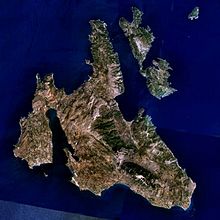
Ithaca is the E shaped island to the right of Kefalonia
Ithaca is probably most famous for being the island described by Homer as the home of the mythical Odysseus, whose adventures were chronicled in the Odyssey, but the tiny island isn’t short of fans in the modern world, as it attracts sailors and holidaymakers from all over the world. Ithaca is truly a magical place, and the name Ithaca means ‘the homecoming’. In the famous poem, Odysseus is said to have sailed for a whole decade to reach his home, and for this reason many sailors see Ithaca as their ultimate nautical goal.
Homer did also describe the island as being 'good for goats' – as apart from the small scale tourist invasion during the summer months, there’s really not a lot there! On the positive side, though, Lord Byron thought Ithaca was so beautiful that he actually wanted to buy it.
Surrounded by enchanting coves with typically crystalline waters, and probably due to the fact that it can be harder than some of the more popular islands to get to, Ithaca is something of a celebrity holiday destination. The rich and famous like to spend time either on their yacht, or renting a luxury house.
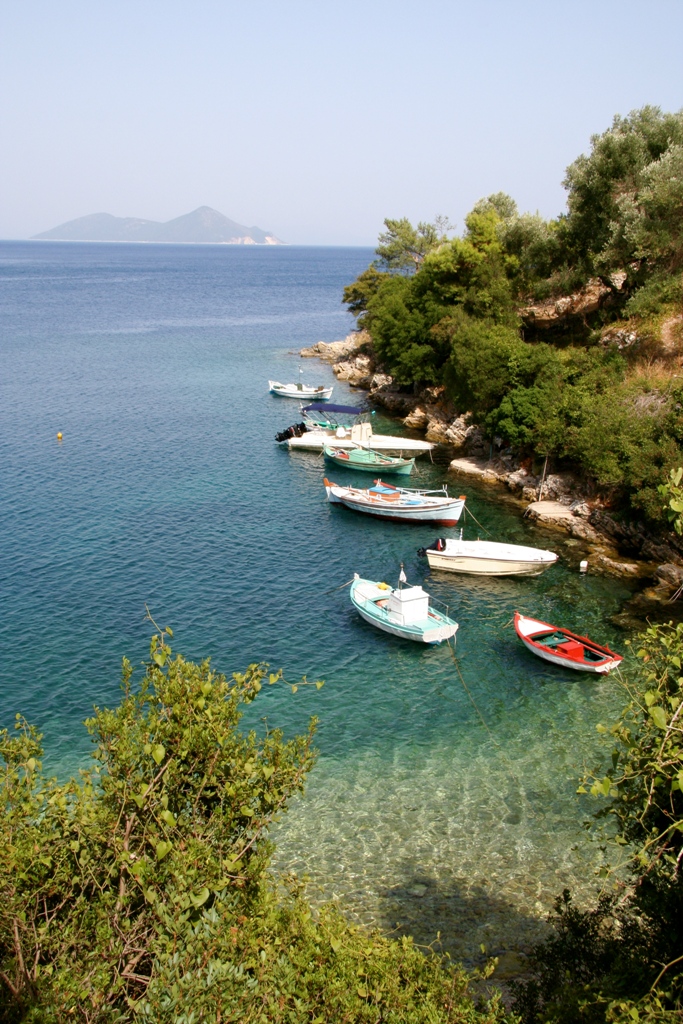
Ithaca is almost split in two by the bay at Aetos, and features large peninsulas to the north and south of the island. The best resorts and the more interesting walks are mostly in the north, while the south has the capital at Vathi and is linked historically to Homer. The western Ithaca coastline is rough, with only a couple of decent beaches to choose from, while the east is all rolling hills and lush greenery.
History
Odysseus is probably the person most associated with Ithaca, but he wasn’t responsible for giving the island its name. According to Greek mythology, Ithacos was the son of a Kephalonian king who settled there, and who worked with his brother to build the fountain that provided everybody on the island with water.
There are signs that Ithaca has been inhabited since around 2000 BC, and there is evidence it was even classed as the capital of Kephalonia during the Mycenaean period (around 1500 BC). This timing coincides with the Trojan War, and if Odysseus had really existed, this is when he would have been king.
The Romans occupied the island in the second century BC, and then later it became part of the Byzantine Empire. As with all the other Greek islands, Ithaca was constantly plagued by pirates, and formed an alliance with Kephalonia in 800 AD.
The Normans and the Franks ruled Ithaca during the 12th and 13th centuries, and after 20 years of Ottoman rule (1479-1499) it fell into Venetian hands.
Towards the end of the 18th century, the island was occupied by the French, and in 1809 it was conquered by the British. In 1821 the War of Independence broke out, and Ithaca was finally liberated to become part of the First Hellenic Republic, along with the other Greek islands, in 1864. Most of the island was destroyed by the terrible earthquake of 1953, and so the majority of buildings are no older than 50 years old.
Getting There
Ithaca doesn’t have its own airport; the closest airport to the island is on Kefalonia, which receives daily flights from Athens and regular charter flights from Europe and further afield. If you take a flight to Kefalonia, you can then catch a ferry from Sami to Ithaca, which takes around 50 minutes. There are also boat trips from Lefkada, and a ferry service from Patras.
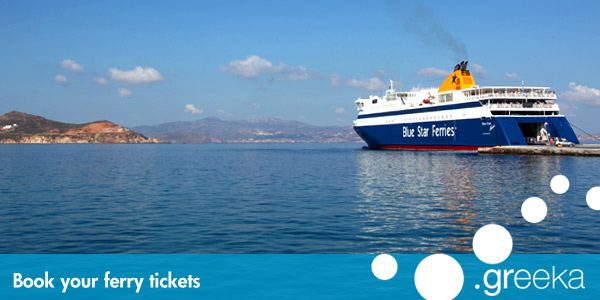
From the mainland, you can get to Ithaca by taking the bus to Patras (which takes about three hours) and then hop on the ferry to Ithaca (another four hours), or fly across to Kefalonia and then take the ferry.
Food
Seafood is one of the local specialities, and in good tavernas you’ll find a selection of really fresh fish and traditional Greek food. The local desserts are delicious and worth saving some room for, too.
Shopping
Ithaca has only a few village resorts, and these are mostly centred on the harbour areas. You can still find lovely traditional souvenirs and clothes in shops across the island. In Vathy, for example, there are several shops selling distinctive handmade costume jewellery.
Vathy is where you’ll find most of the shops – the town has enough to cover most eventualities, and some adorable little shops that offer handmade crafts and fashion. There is also a selection of art galleries where local artists sell their wares.
Nightlife
Ithaca is an island for relaxing rather than partying the night away, but if you want to sample what there is of a nightlife, there are two discos in Vathy. You can also try one of the island’s little bars or cafés and soak up the romantic atmosphere.
Where to Go
Vathy, the delightful capital, is home to one of the world’s largest natural harbours, as well as the mythical cave of the nymphs. It’s a picturesque treat of a town, built around a deep, sheltered bay. Wander the little streets and you’ll find a gorgeous artist’s paradise where the locals have set up their own shops to showcase their work, and a relaxed atmosphere where you’re free to sit and take in one of the many small cafés or tavernas.
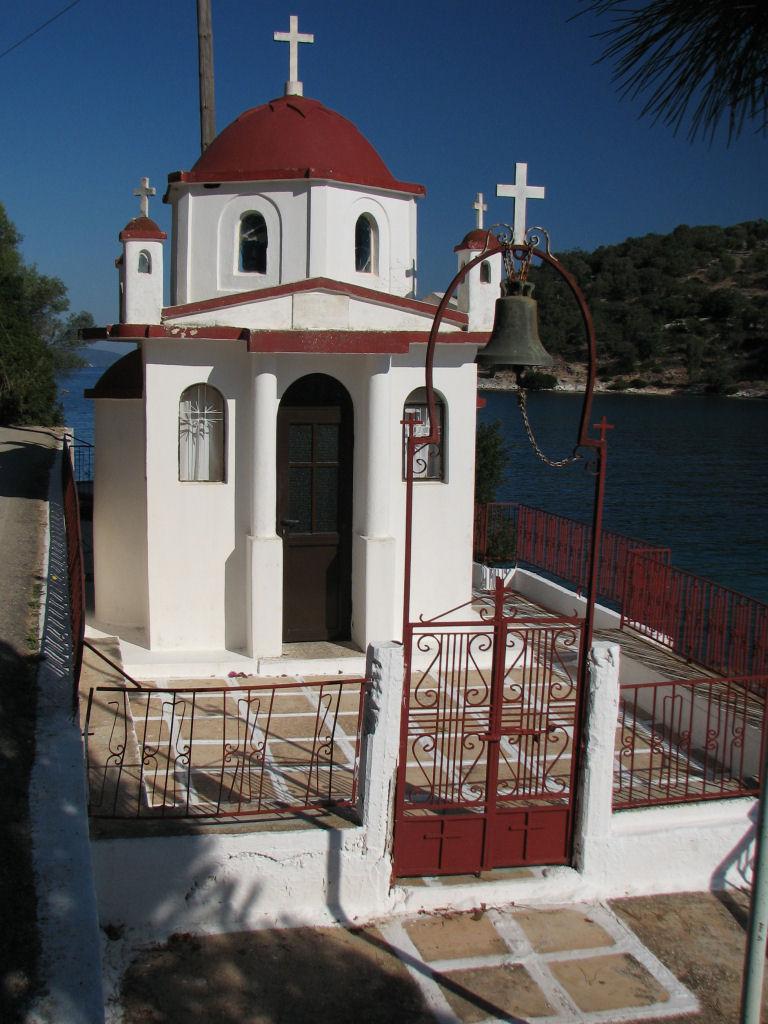
A church in Vathy
Vathy is the largest town in Ithaca and it’s been the capital of the island since the 16th century. On both sides of the entrance to the port there are ruins of an old fort built by the French in 1807 to protect the island from the powerful English fleet.
The earthquake of 1953 practically flattened Vathy, leaving only a few buildings standing. The town has been rebuilt sympathetically in the old Venetian style, and in fact Vathy is considered a ‘traditional inhabitation’ by the Greek authorities, keen to protect the appearance of the town. Any building work that isn’t considered to be in the island’s traditional architectural style and colour is banned by a 1978 law.
While you’re strolling around Vathy, make a point of seeing the churches of Agios Georgios (Saint George); the beautifully restored cathedral dedicated to the Presentation of the Virgin, which features some wonderful carved-wood icons; the Archaeological Museum; and the house where Odysseas Androutsos, the Greek hero of the War of Independence, was born.
Vathy is well catered for with all the facilities you’d expect in a capital – including an athletic stadium, medical centre, theatre, library and banks. For tourists, there’s a yachting service station for refuelling, hotels and plenty of rooms for rent alongside the tavernas, cafés and bars which line the waterside.
Kioni
The picturesque traditional settlement of Kioni is in the southeast of Ithaca, 25 kilometres (16 miles) from Vathy. It was built on the slopes of a mountain, and is a typical little Greek village complete with tiled whitewashed houses and a pretty little port where you can sit and watch the fishing boats going about their daily business.

Kioni was founded by the people who used to live up in the mountain village of Anogi, towards the end of the 16th century. Very few of the village’s original houses survived the earthquake of 1953, but the few that remain are gorgeous, with their authentic Renaissance architectural features.
Today, Kioni is a modern tourist resort, spoiling visitors with many cafés and tavernas to choose from, as well as yacht-spotting opportunities (many yachts stop off at Kioni every day), and there are a lot of places to stay, places you can hire a boat, and shops to buy souvenirs and bits and pieces.
Anogi
Anogi, or the Upper Land, is one of the oldest villages in Ithaca, about 16 kilometres (10 miles) northwest of Vathy. It’s also the second most important Medieval settlement of the island and is a must-visit if you’re interested in old churches, as it’s home to a beautifully restored Byzantine church dedicated to the Dormition (Ascension) of the Virgin.
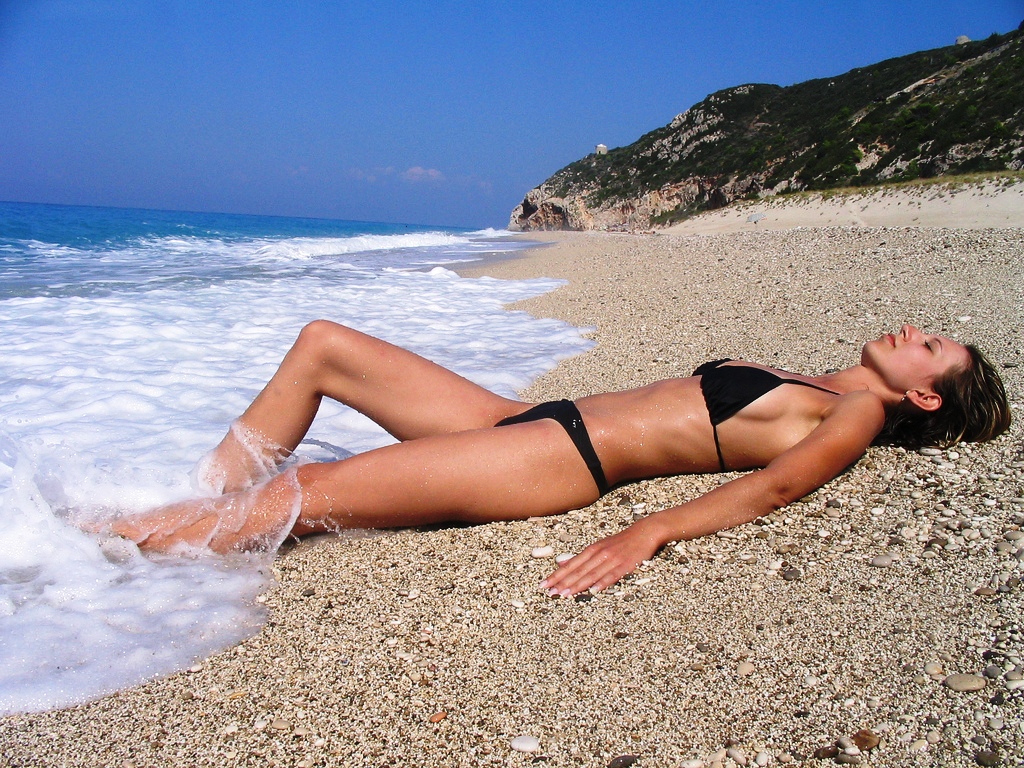
Sunbathing on Anogi beach
The village was established during the Middle Ages, but most of the population moved to the coast during the 16th century, and to the areas of Stavros and Kioni. To this day there are less than a hundred people living in Anogi, and the village is something of an oddity, with its own set of customs and a dialect of its own that was strongly influenced by the Venetians.
The Byzantine Church of Panagia (Virgin) features some interesting frescoes, and the ruins of an old village can still be spotted just above Anogi. There are also some fantastic geological sights – the enormous rock formations close to the village are amazing to look at. The most famous of these massive rock formations is called Irakles (Hercules) and this beauty stands 8 metres (26 feet) high. Irakles is out to the east of Anogi and looks more like an inspired artistic sculpture than a natural phenomenon.
Anogi was once one of the main villages of Ithaca, but today it is something of a ghost town, with an eerie, isolated feel to it. Accommodation is hard to find, and there is only one café in the whole village.
The Monastery of Panagia Katharon
The Monastery of Panagia Katharon is found along the road to Anogi. Panagia Kathariotissa is the patron saint of Ithaca, and his day is celebrated on 8th September. Nobody knows the exact date that the monastery was built, but it was restored in 1696. The main church of the monastery (katholikon) was completed in the 16th century and the site has some wonderful panoramic views across Ithaca, as well as some religious icons that are well worth investigating.
The Nautical Museum
The Folklore and Nautical Museum of Ithaca is situated in the town of Vathy, and housed in a building that once operated as an old power station. The museum’s exhibits bring life to the history of Ithaca and the lives of the people who lived there during the colonial period. There are also some examples of the island’s traditional dress, embroidery, musical instruments, workshop tools and relics.
There are even some complete recreated bedrooms, kitchens and sitting rooms from the period, as well as some fascinating displays and rare photographs of the aftermath of the earthquake that shook the island in 1953.
What to Do
Ithaca is a great island to visit if you fancy trying your hand at snorkelling or mountaineering. As well as clear and inviting seas, there’s some steep mountainous terrain to conquer if you’re feeling energetic, and some amazingly beautiful walks. There is also a wide choice of watersports, along with some decent tennis courts, and the resorts offer day trips to the neighbouring Ionian islands.
If you’re visiting Ithaca in August, a cultural festival takes place every year featuring artists and orchestras from all over the world. The Wine Feast is also in August, at Perahori – a small village in the mountains above Vathy – and in May in Vathy, Ithaca’s Festival of Theatre takes place (involving a contest for plays presented for the first time).
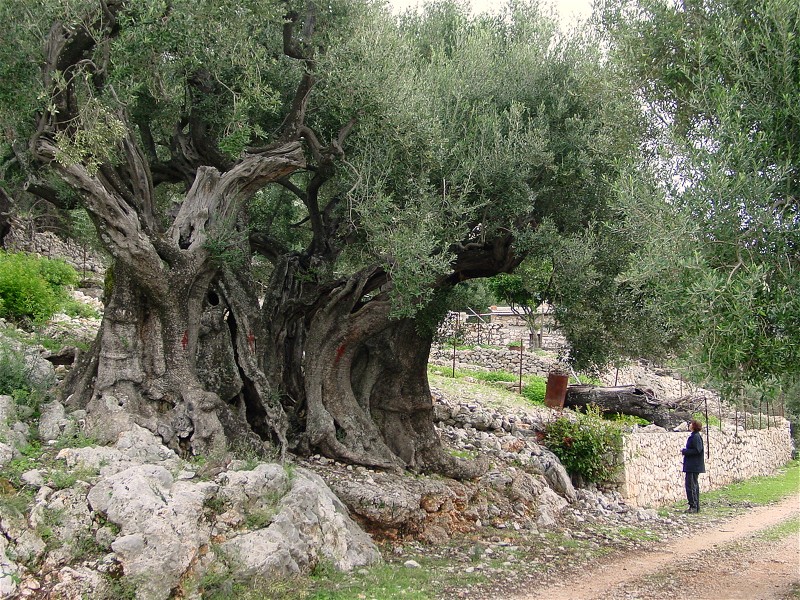
An Olive Tree on Ithaca thought to be 1,500 years old
The island is perfect for walks, and the scenery is breathtakingly lovely in places. To find the best places, sometimes only a guided walk will do, and there are organisations that run walking tours in spring, summer and autumn. These walks are generally aimed at independent travellers in search of some peace, quiet, and the opportunity to explore Ithaca’s nature and local culture. Every week there are organised walks for up to eight people.
For more information about Ithaca or any other holiday destination in Greece please click on http://www.visitgreece.gr
You may also like to read
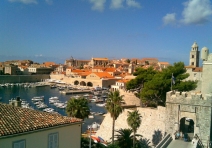
CROATIA - DALMATIAN FOOTSTEPS
Tour-smart's Editor Anna introduces us to the charms of the Dalmatian coast in her travel through four countries.
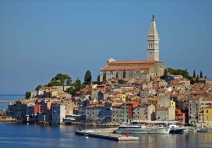
CROATIA, ISTRIA
Tour-smart introduces you to Istria, Croatia's best kept gourmet secret

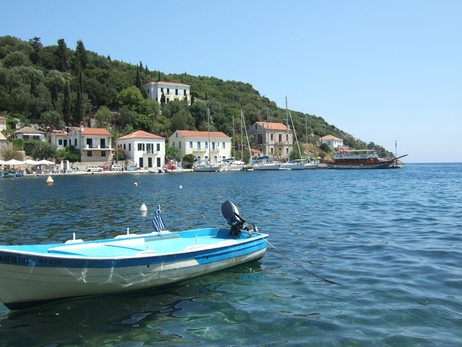
Comments